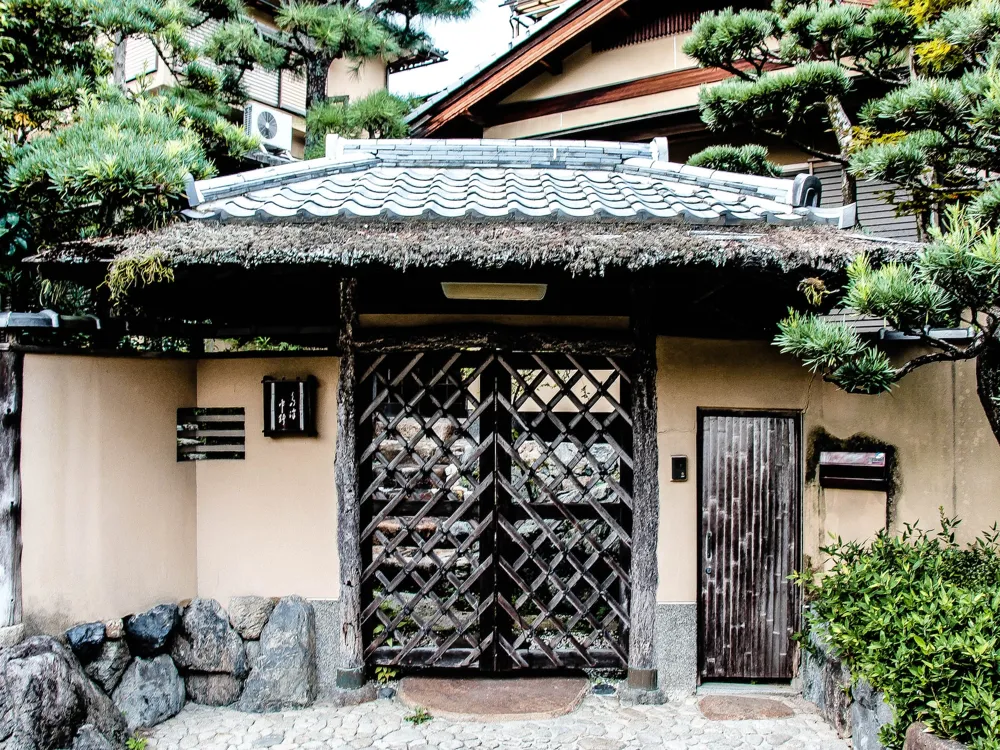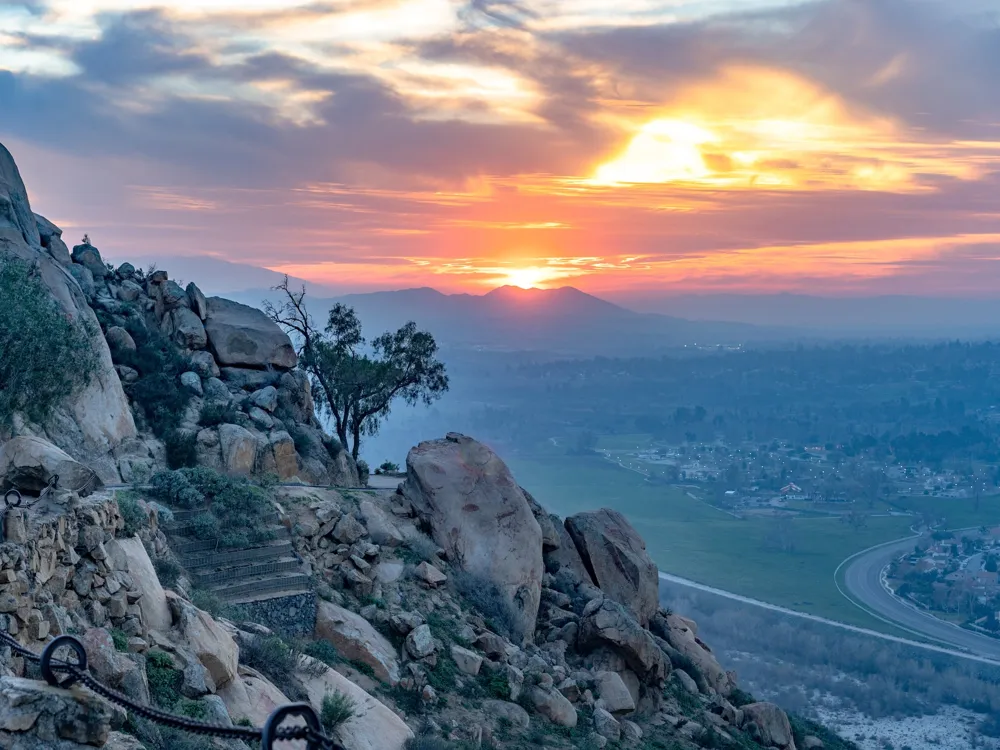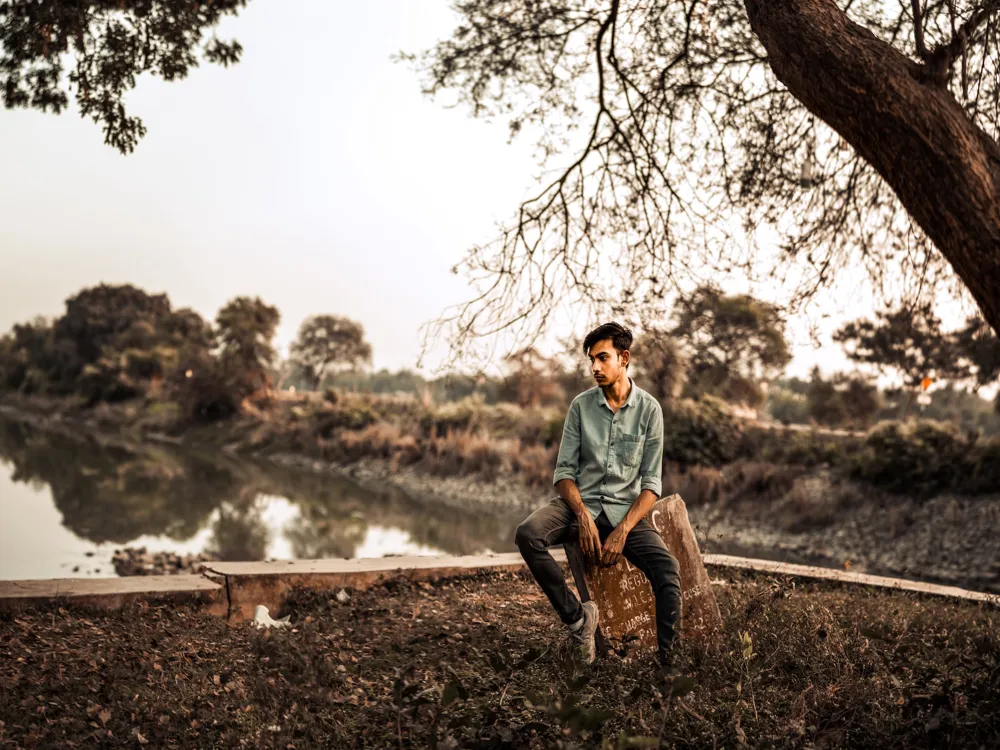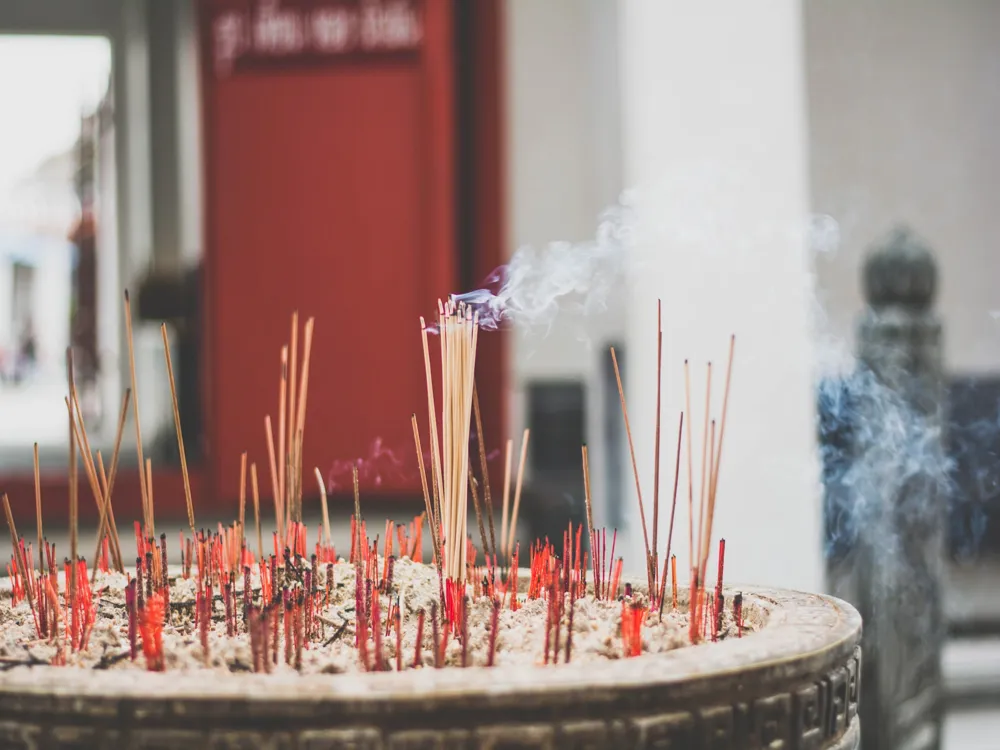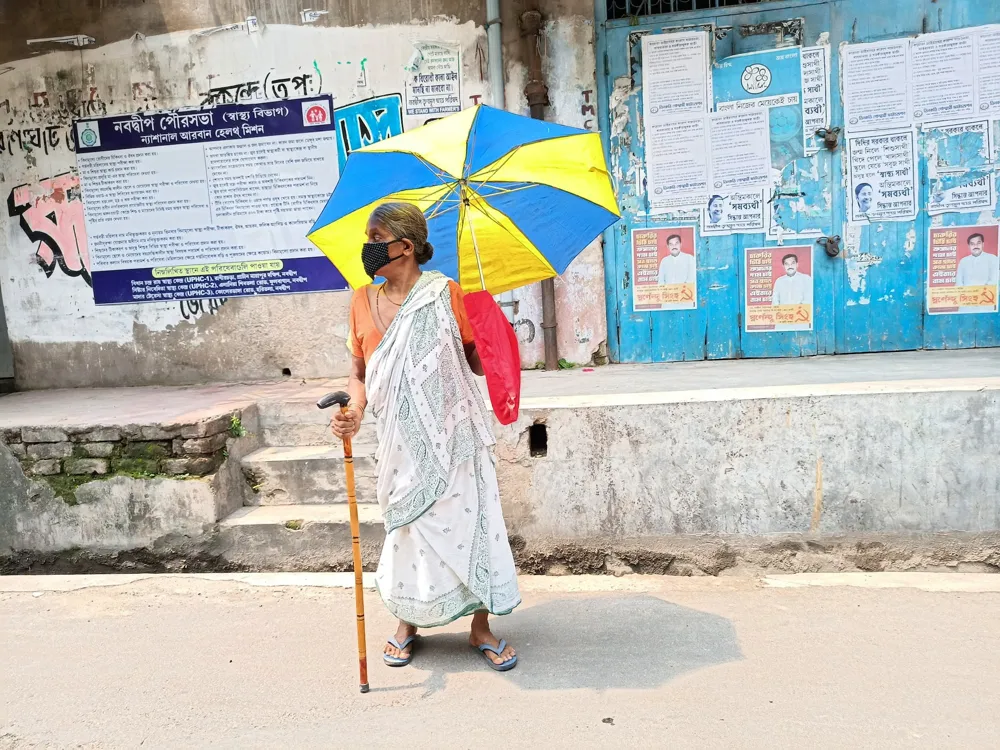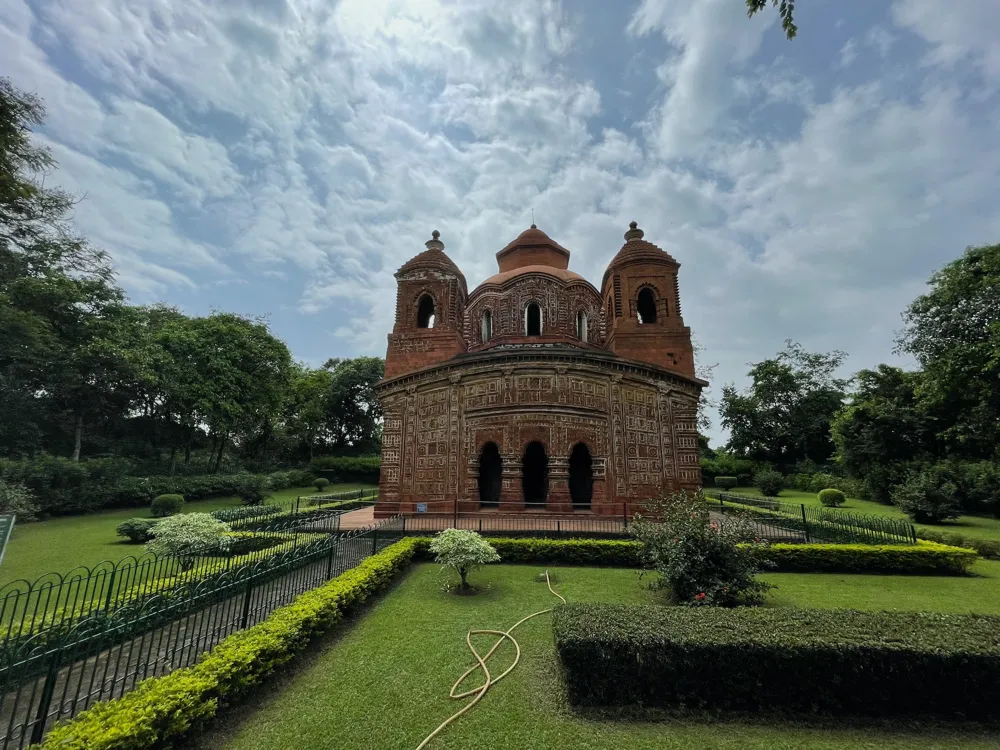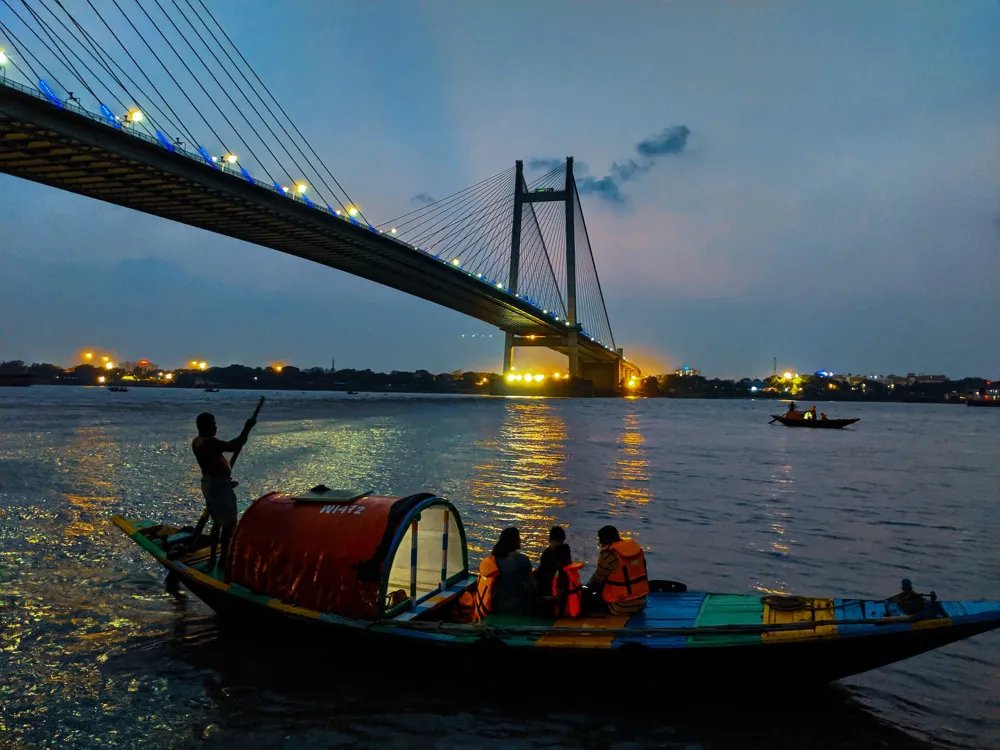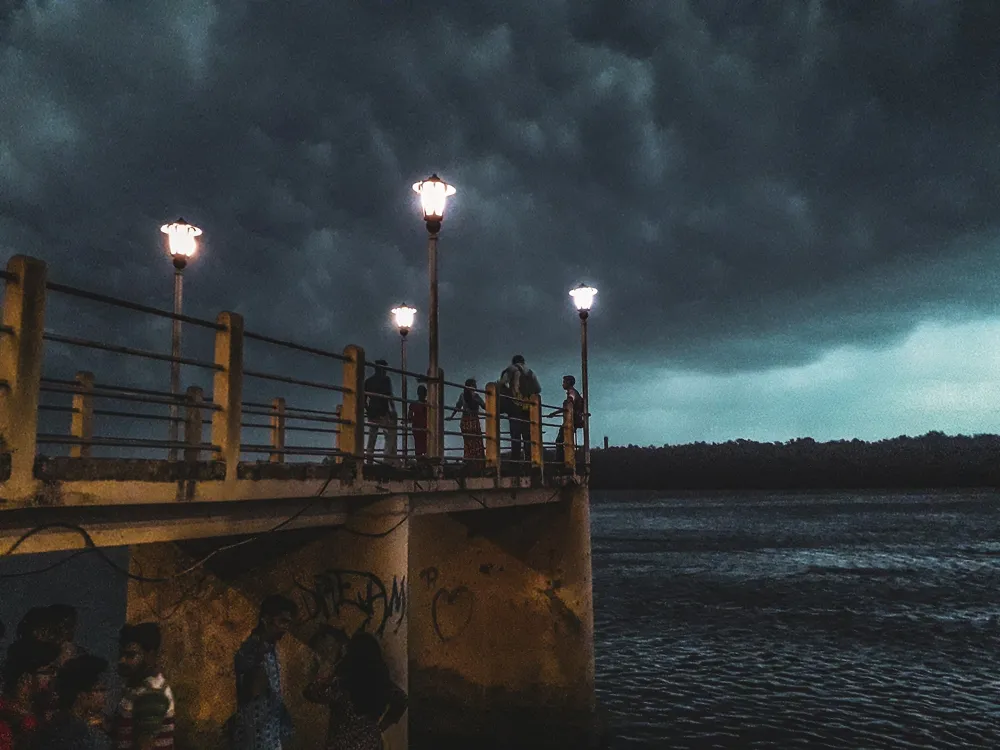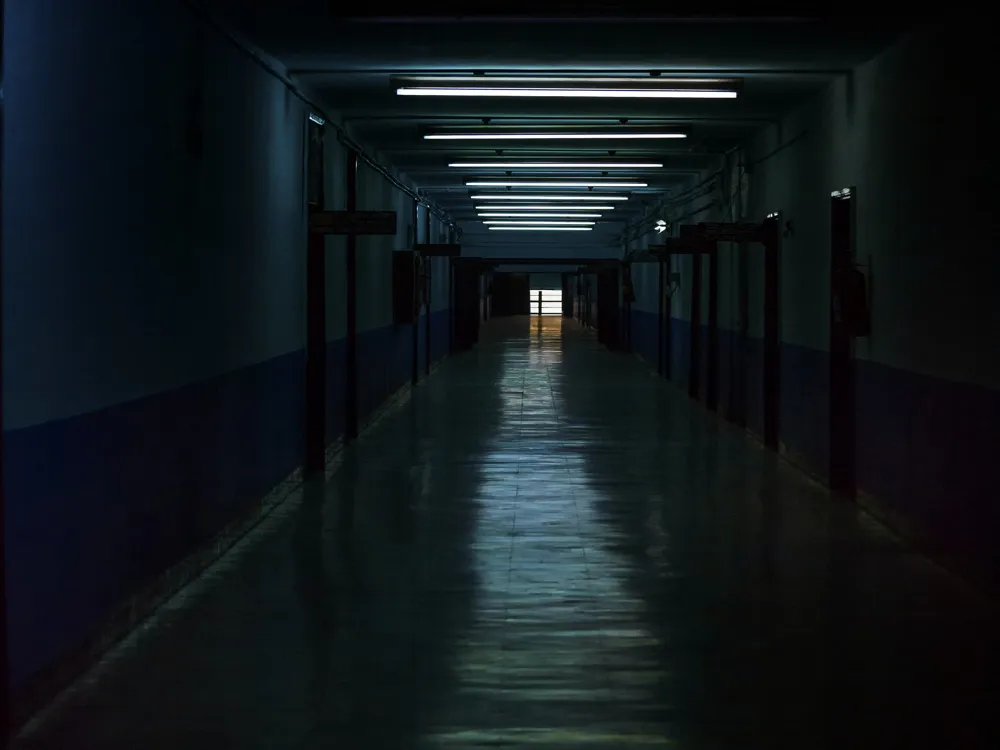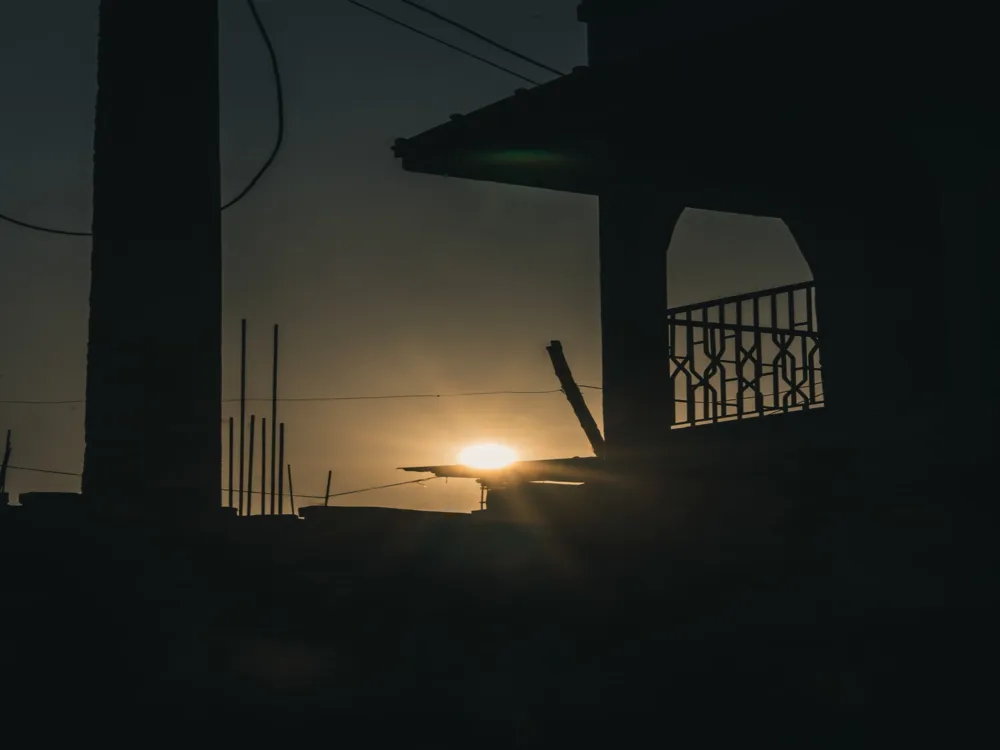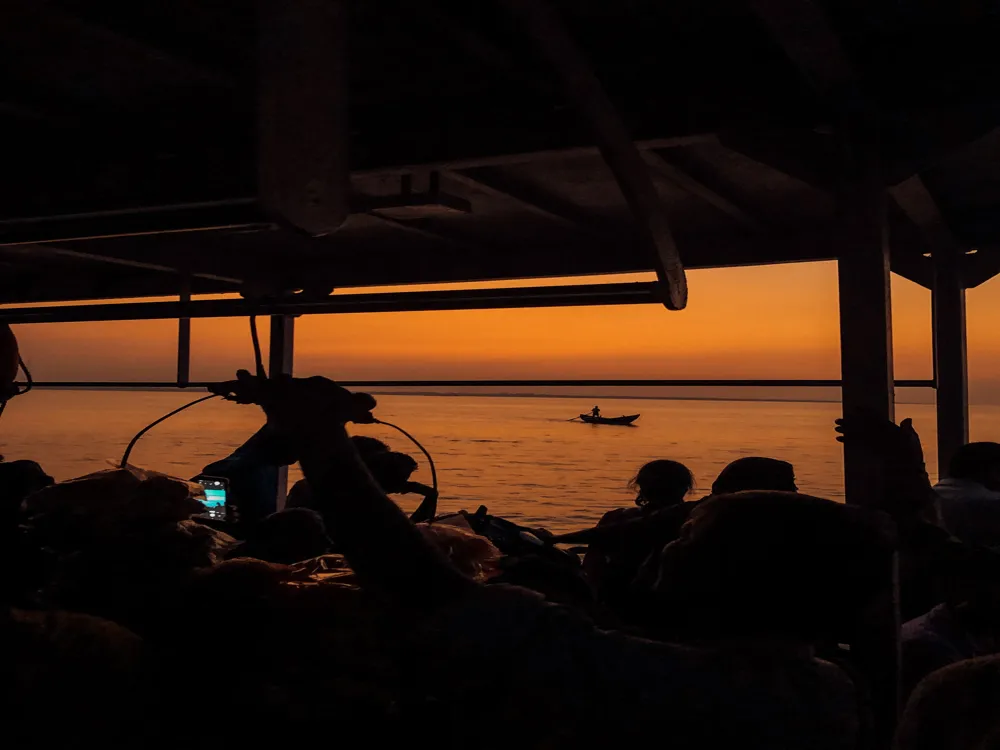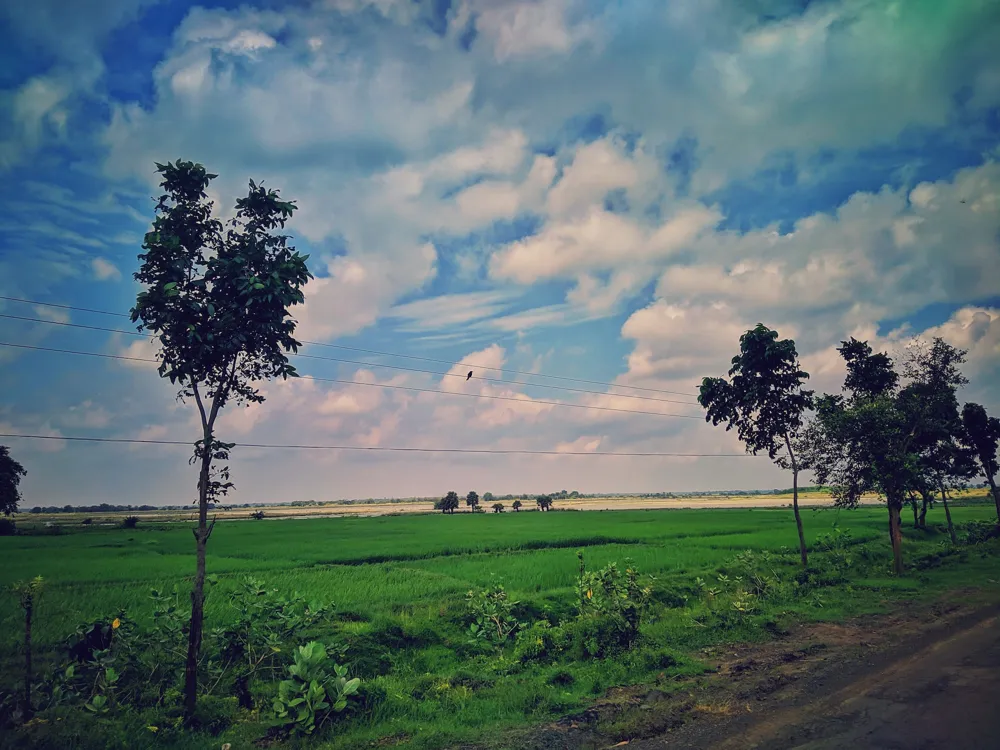The Sarbamangala Temple, a venerable and magnificent temple located in Bardhaman, West Bengal, stands as a testimony to the rich cultural and religious heritage of India. Dedicated to the goddess Sarbamangala, an incarnation of Goddess Durga, this temple holds a special place in the hearts of devotees and tourists alike. Its history dates back several centuries, making it not only a center of spiritual significance but also a beacon of historical and architectural wonder.
According to folklore, the temple's origin is linked to Maharaja Kirtichand of Burdwan, who, guided by divine dreams, discovered the deity in a state of neglect and established her in the current location. Over the years, the temple has witnessed numerous renovations, each adding to its grandeur and historical importance. Today, it stands as a symbol of the harmonious blend of spirituality, history, and art, attracting thousands of visitors each year.
The architecture of the temple is a remarkable feature, showcasing the exquisite craftsmanship of the artisans of Bengal. The temple's intricate designs and detailed carvings speak volumes about the skill and devotion of those who built it. The temple complex also includes several smaller shrines and a large pond, adding to its serene and peaceful ambiance. Festivals like Durga Puja and Kali Puja see the temple adorned in its full glory, making it a spectacle of devotion and celebration.
The temple's importance extends beyond its religious significance. It serves as a vital link to the past, offering insights into the region's historical and cultural evolution. Its presence has profoundly influenced the social and cultural fabric of Bardhaman, making it an essential landmark in the study of Bengal's heritage.
The architecture of the Sarbamangala Temple is a splendid example of the Bengal style of temple architecture. The temple stands tall with its distinctive 'pirha' style, characterized by a square base and a pyramidal superstructure. This style is unique to the region and reflects the local artistic traditions and cultural influences of the time.
The main sanctum of the temple houses the idol of Goddess Sarbamangala, exquisitely carved from black stone. Surrounding the sanctum are various chambers and halls, each adorned with intricate sculptures and carvings depicting scenes from Hindu mythology. The temple's walls are a canvas of art, showcasing the expertise of the artisans in stone and terracotta work.
The temple's façade is particularly noteworthy, featuring elaborate terracotta panels that narrate stories from the epics and puranas. These panels are not just decorative elements; they are a testament to the rich storytelling tradition of Bengal and provide a visual representation of religious and mythological narratives.
The temple complex also includes subsidiary shrines and a large pond, known as the Sarbamangala Sagar. These elements add to the overall aesthetic and spiritual ambiance of the temple, making it a place of tranquility and reverence. The temple's design also incorporates aspects of Vastu Shastra, an ancient Indian science of architecture and space, ensuring that the temple's layout harmonizes with the natural environment and celestial alignments.
The Sarbamangala Temple's architecture is not just a showcase of Bengal's artistic heritage; it is a living piece of history that continues to inspire and awe visitors with its beauty and intricacy.
Visitors are advised to dress conservatively, covering shoulders and knees, as a sign of respect to the temple's sanctity. Photography may be restricted in certain areas of the temple. Always ask for permission before taking photos, especially of the deity or during rituals. Maintain silence inside the temple premises, and participate in rituals and prayers with respect. Avoid bringing non-vegetarian food or alcohol into the temple complex. Visiting during festivals like Durga Puja can be a unique experience, but expect large crowds. Plan accordingly and be prepared for longer wait times. Consider hiring a local guide for a more informative visit. They can provide insights into the temple's history, architecture, and rituals.
The Sarbamangala Temple is easily accessible from various parts of West Bengal. Bardhaman, the nearest city, is well-connected by road and rail. The nearest airport is Kolkata's Netaji Subhash Chandra Bose International Airport, from where you can take a train or bus to Bardhaman. Local transportation like taxis and auto-rickshaws are readily available to take you to the temple.
Overview of Sarbamangala Temple, Bardhaman, West Bengal
Architecture of Sarbamangala Temple
Tips When Visiting Sarbamangala Temple
Dress Appropriately
Photography Guidelines
Observe Temple Etiquette
Festival Visits
Local Guides
How To Reach Sarbamangala Temple
Sarbamangala Temple
Bardhaman
West Bengal
NaN onwards
View bardhaman Packages
Bardhaman Travel Packages
View All Packages For Bardhaman
Top Hotel Collections for Bardhaman

Private Pool

Luxury Hotels

5-Star Hotels

Pet Friendly
Top Hotels Near Bardhaman
Other Top Ranking Places In Bardhaman
View All Places To Visit In bardhaman
View bardhaman Packages
Bardhaman Travel Packages
View All Packages For Bardhaman
Top Hotel Collections for Bardhaman

Private Pool

Luxury Hotels

5-Star Hotels

Pet Friendly









